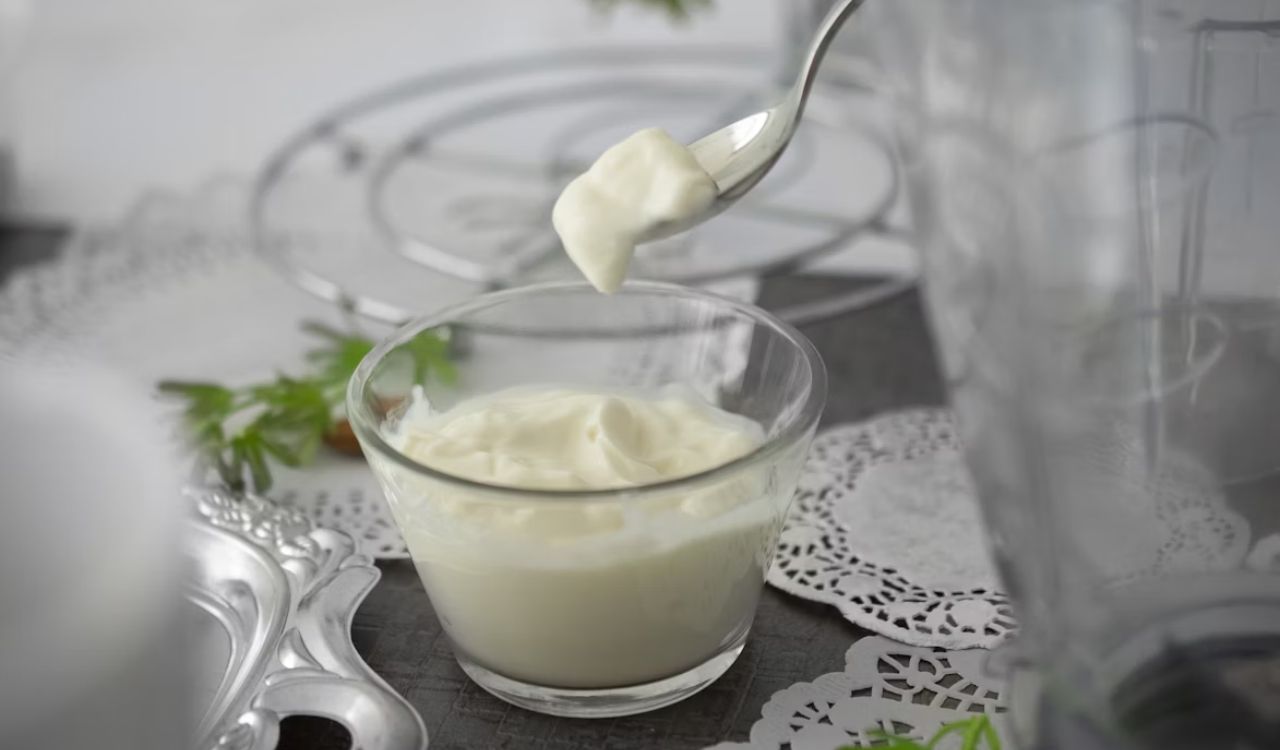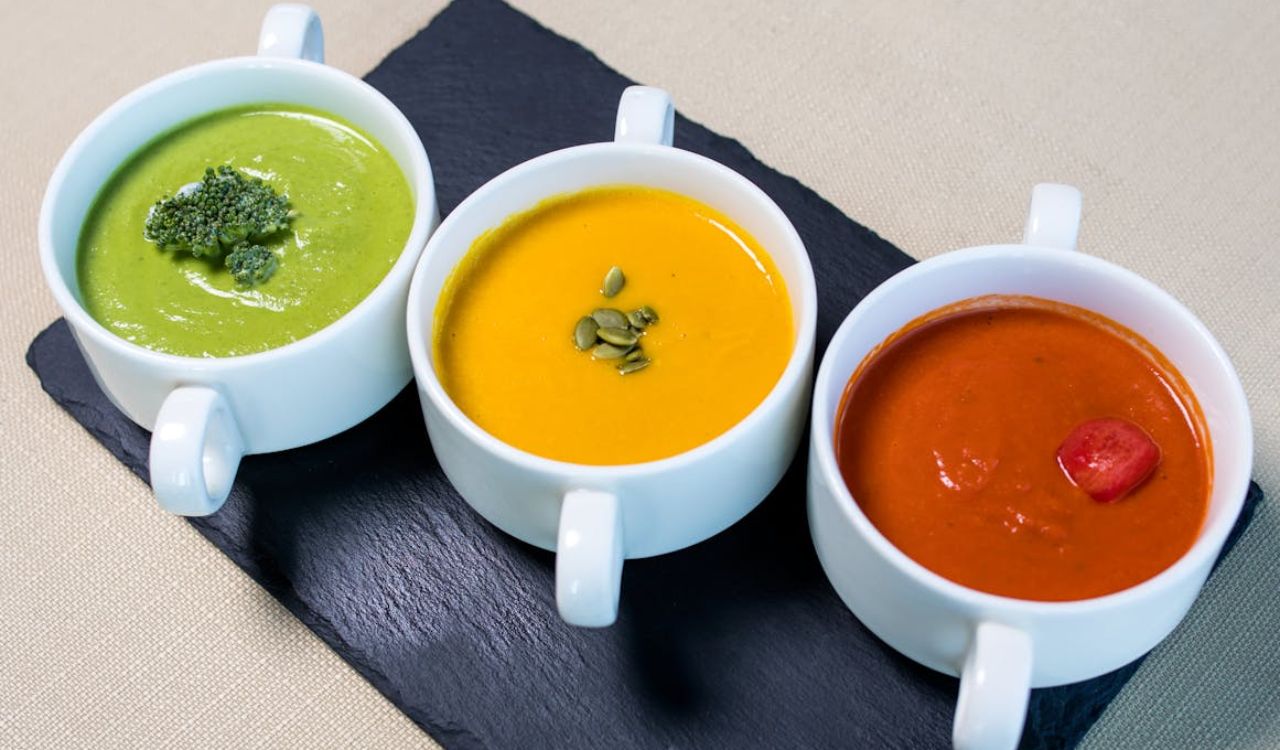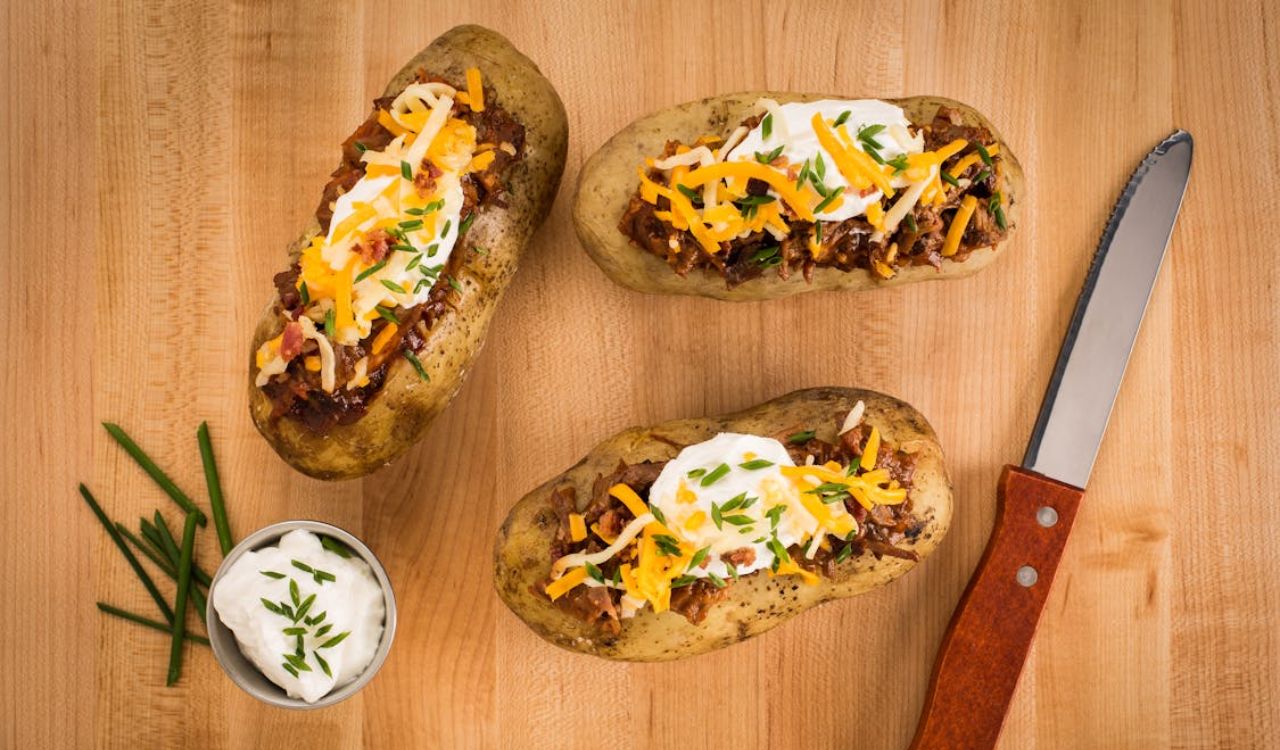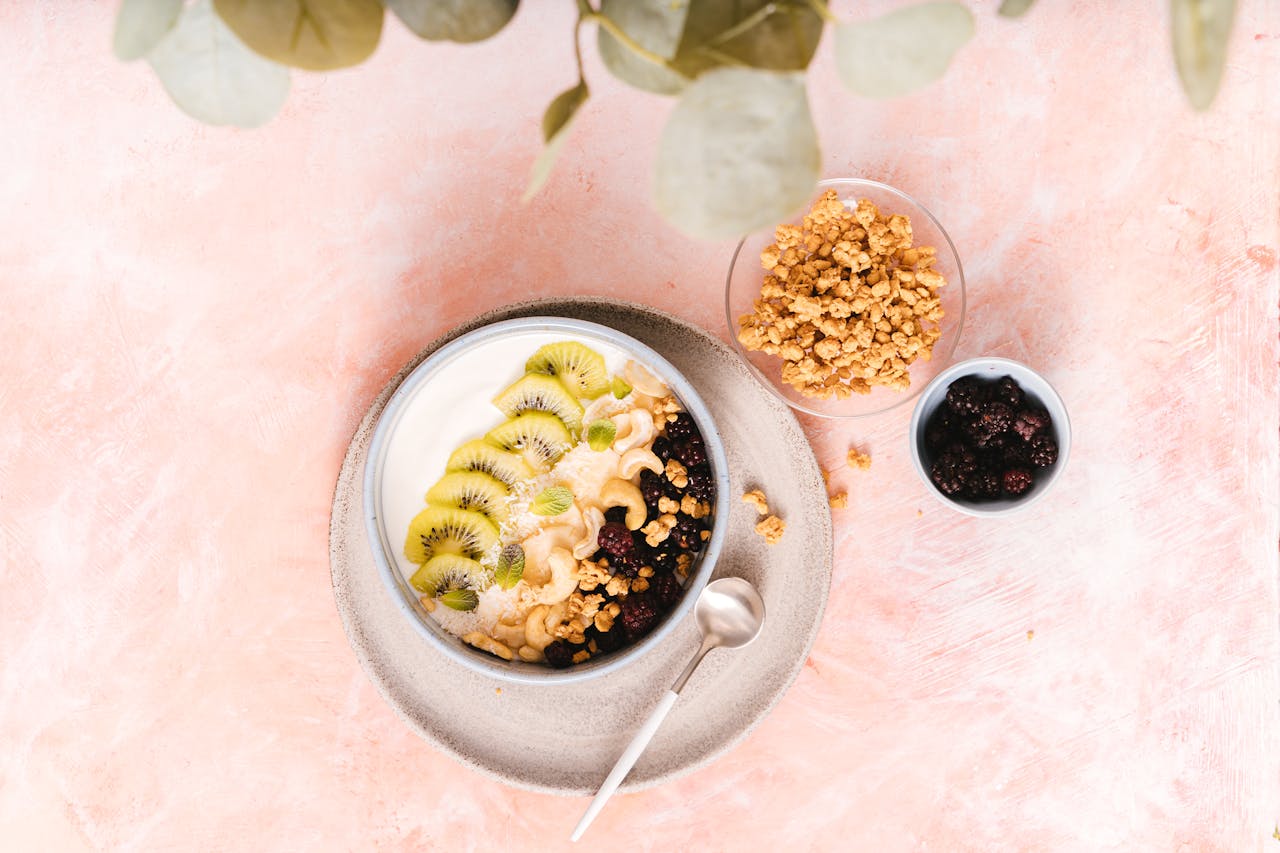What Cold Smoking Is and How It Can Elevate Your Home Cooking
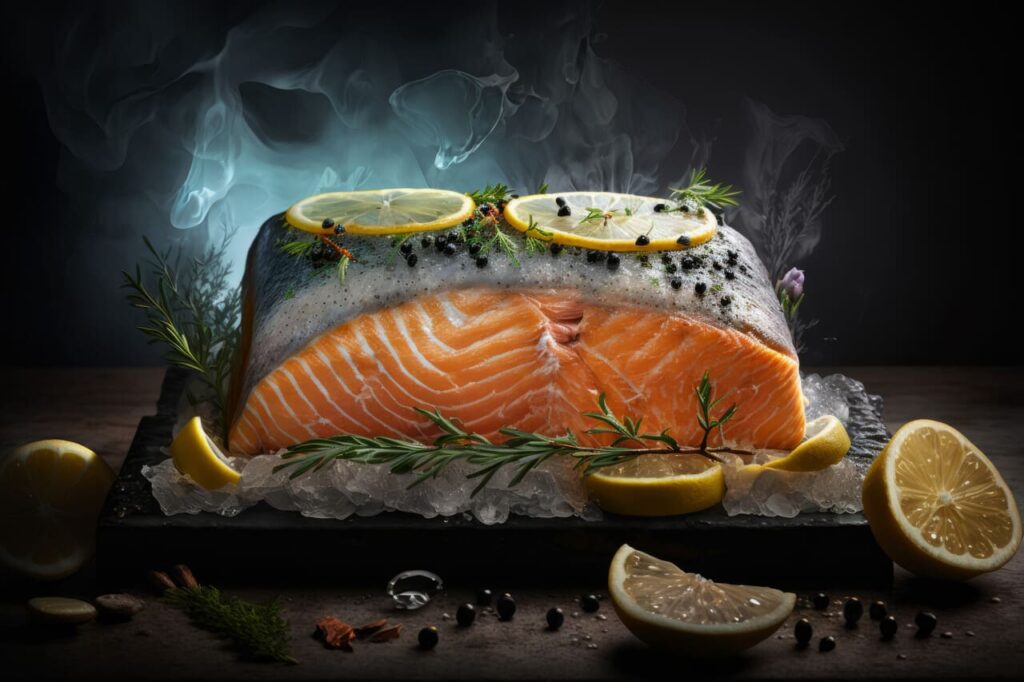
Cold smoking is one of those cooking methods that feels both ancient and modern. It’s about coaxing flavor into food using smoke at low temperatures instead of heat. The result isn’t cooked meat or melted cheese but ingredients transformed with a slow, aromatic infusion.
For home cooks, cold smoking opens a new layer of creativity. Think about a wedge of cheddar taking on a smoky edge or salmon gaining that subtle, savory depth you usually pay extra for at a deli. It’s a way to add character to foods you already love.
The beauty lies in how simple and versatile it is. Once you understand the basics keeping the smoke cool, controlling time, and choosing the right wood you can experiment with meats, cheeses, nuts, and even vegetables. What you get is food that feels elevated without being fussy.
The Basics of Cold Smoking
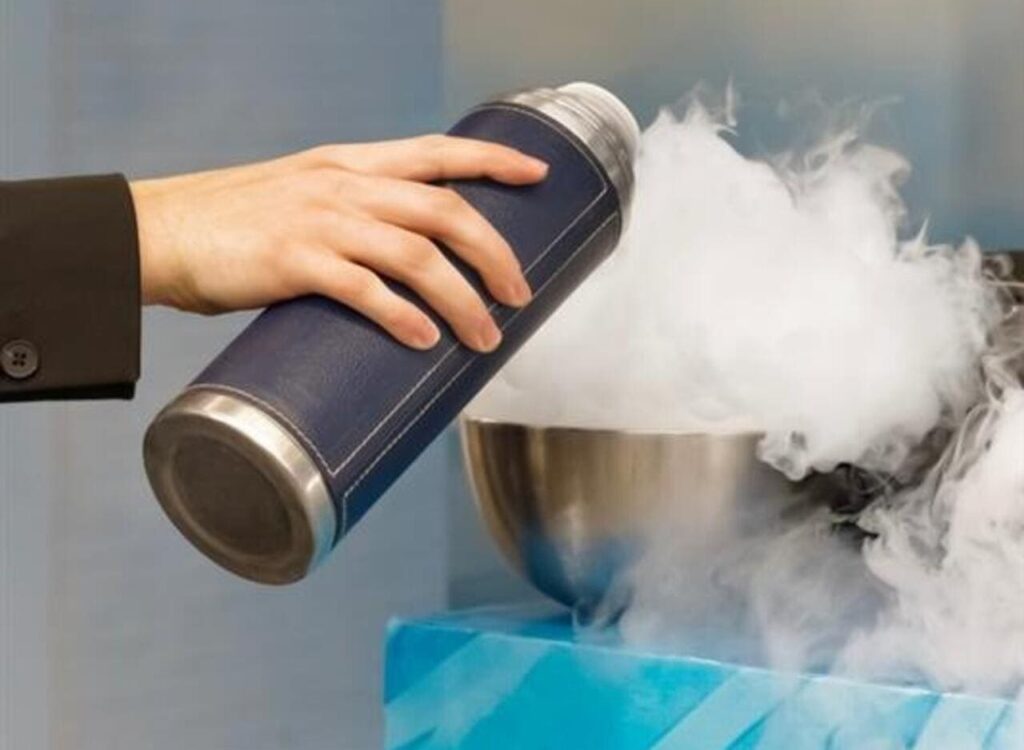
Unlike hot smoking, which cooks as it flavors, cold smoking works at temperatures below 90°F. That’s why it doesn’t “cook” the food but instead gently infuses it with smoke. Because of this, it’s often paired with curing, brining, or salting to make food safe for longer storage.
This is also what makes cold smoking unique. You’re layering flavor without changing texture too much. A soft cheese stays creamy, a salmon fillet remains silky, and even butter can hold smoky notes without melting. It’s more subtle than grilling or roasting but no less impactful.
The Role of Safety
Food safety is key in cold smoking since low heat doesn’t kill bacteria. That’s why proper curing or brining is often necessary, especially for meats. Using the right equipment to control airflow and temperature helps keep the process consistent.
What this really means is that cold smoking isn’t about rushing. It’s about patience and preparation. If done carefully, it can be one of the most rewarding techniques in a home kitchen.
Choosing Your Wood
The wood you pick dictates the flavor profile. Fruitwoods like apple and cherry bring sweetness, while oak and hickory add a bolder punch. The wood should be untreated and clean, free of additives that could taint the food.
This choice is part of the fun. Matching wood to food, say, applewood with cheese or oak with salmon, lets you build flavors that feel intentional rather than overpowering.
Foods That Shine With Cold Smoking

Cold smoking works across a surprising range of foods. Some benefit from just a few hours in smoke, while others need longer exposure to develop complexity.
Cheese, salmon, and cured meats are classics, but there’s more room to experiment. Even eggs, salt, and vegetables take on unique notes with cold smoking.
Smoking Cheese
Cheese is a perfect candidate since it absorbs smoky flavors quickly without losing texture. Hard cheeses like cheddar or gouda hold up well, and a short session in smoke gives them new character.
The trick is keeping temperatures low so the cheese doesn’t sweat or melt. A well-smoked cheese can be used on its own or as a flavor booster in sauces and sandwiches.
Smoking Fish and Meats
Salmon is the poster child for cold smoking, especially when paired with curing. The result is silky, smoky, and ideal for slicing thin. Meats like ham or bacon also benefit, often combining curing with smoking for both preservation and taste.
Done properly, the smoke enhances natural flavors instead of overwhelming them, creating something that feels like a special-occasion food you can actually make at home.
Beyond the Obvious: Vegetables and More
Cold smoking isn’t limited to animal products. Tomatoes, peppers, and even garlic take on a unique character when smoked. Smoked salt is another simple yet powerful pantry upgrade that adds depth to everyday cooking.
These experiments remind you that cold smoking is as much about curiosity as tradition.
How to Get Started at Home
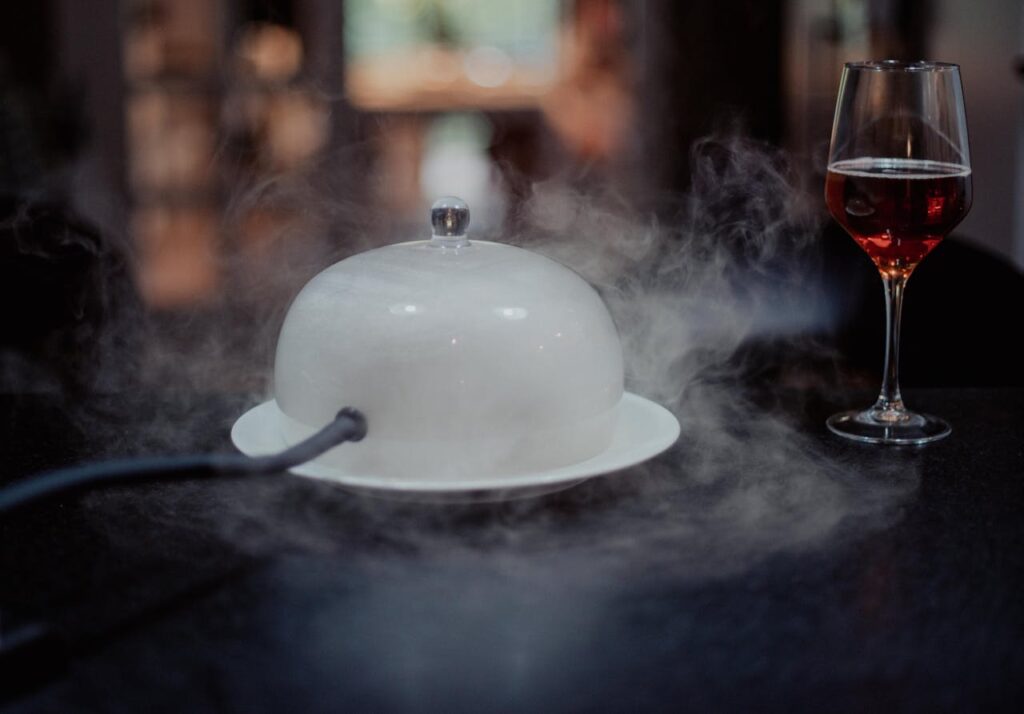
Cold smoking doesn’t require a professional smokehouse. With the right tools and a bit of care, home cooks can dive in. What matters most is steady airflow, controlled smoke, and keeping temperatures cool.
You don’t need to spend a fortune either. Smoke tubes, small smoking boxes, or attachments for grills make the process accessible.
Setting Up Your Equipment
A basic setup includes a chamber for the food and a separate smoke source. Many home cooks adapt grills or smokers with add-on devices that let smoke travel without heating the chamber.
This separation ensures that smoke works gently, infusing flavor without cooking or drying out the food.
Timing and Technique
Time depends on the food. Cheese may need just 2–4 hours, while meats and fish often require longer sessions paired with curing. The process is flexible, but the principle is the same: slow, steady exposure builds balanced flavor.
Keeping notes on wood type, smoke duration, and results helps refine your process, making each round better than the last.
Why Cold Smoking Matters
Cold smoking brings something different to the table: depth without heat, transformation without fuss. It’s a way to take everyday ingredients and make them feel gourmet.
For home cooks, it offers both tradition and playfulness. The roots are old, tied to preservation, but the results feel fresh and modern. Whether you’re smoking cheese for a weekend gathering or curing salmon for a brunch spread, the payoff is flavor that feels earned.



